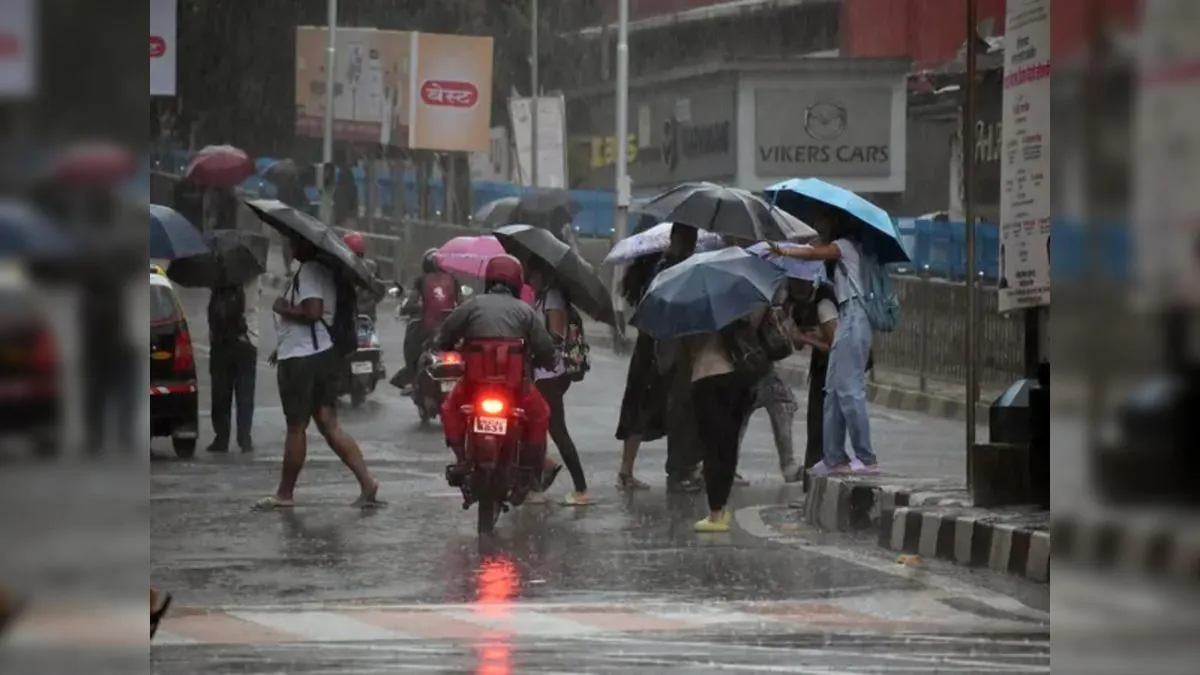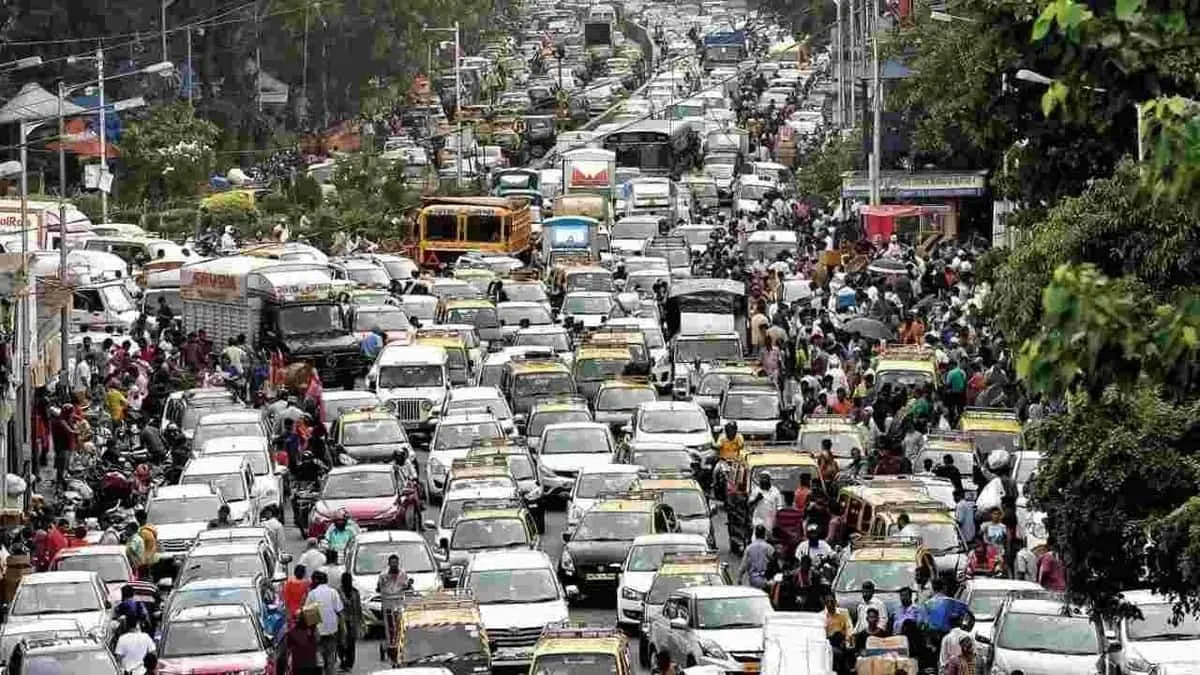Mumbai Paralyzed: Torrential Rains Cause Flooding and Fatalities
Heavy monsoon rains in Mumbai lead to flooding, causing four deaths and citywide disruptions. Authorities issue red alert, close schools, and advise residents to stay indoors as more rainfall is expected.

Intense monsoon rains have brought Mumbai, India's financial hub, to a standstill, resulting in flooding and the loss of four lives. The city, home to approximately 20 million residents, experienced significant disruptions as authorities issued a red alert and advised people to remain indoors.
On September 27, 2023, some areas of Mumbai recorded around 275 mm of rainfall, severely impacting road and rail transportation. The city's commuter rail network, one of the busiest in the world, faced major delays, affecting millions of daily commuters. Drone footage revealed highways congested with vehicles, many abandoned by frustrated drivers.

The India Meteorological Department (IMD) reported that the monsoon's retreat from the northwest began later than usual this year. Typically starting in June and retreating by September 17, the prolonged rains have replenished reservoirs but adversely affected crop harvests in some regions.
Mumbai, formerly known as Bombay until 1995, is particularly susceptible to flooding due to its coastal location and inadequate drainage systems. The city experiences an average annual rainfall of about 2,500 mm, primarily during the monsoon season from June to September.
"We urge residents to stay home and avoid unnecessary travel. Schools and colleges will remain closed, and fishermen are advised to stay onshore until Friday."
As Mumbai grapples with this weather crisis, it's worth noting that the city contributes about 6% of India's GDP and houses key financial institutions such as the Reserve Bank of India and the Bombay Stock Exchange. The city's resilience is often tested during monsoon seasons, with its unique geography - built on what was originally an archipelago of seven islands - adding to the challenges.
While dealing with the immediate crisis, Mumbai continues to be a city of contrasts. It's home to the largest number of millionaires and billionaires in India, yet also houses Dharavi, one of Asia's largest slums. The city boasts the largest tropical forest in an urban zone and is renowned for its diverse architecture, including the UNESCO World Heritage Site, Chhatrapati Shivaji Terminus.
As the city braces for more rainfall, authorities are working to mitigate the impact on daily life. The situation serves as a reminder of the ongoing need for improved urban planning and infrastructure development in Mumbai, a city that despite its challenges, remains the heart of India's economic and cultural life.


































